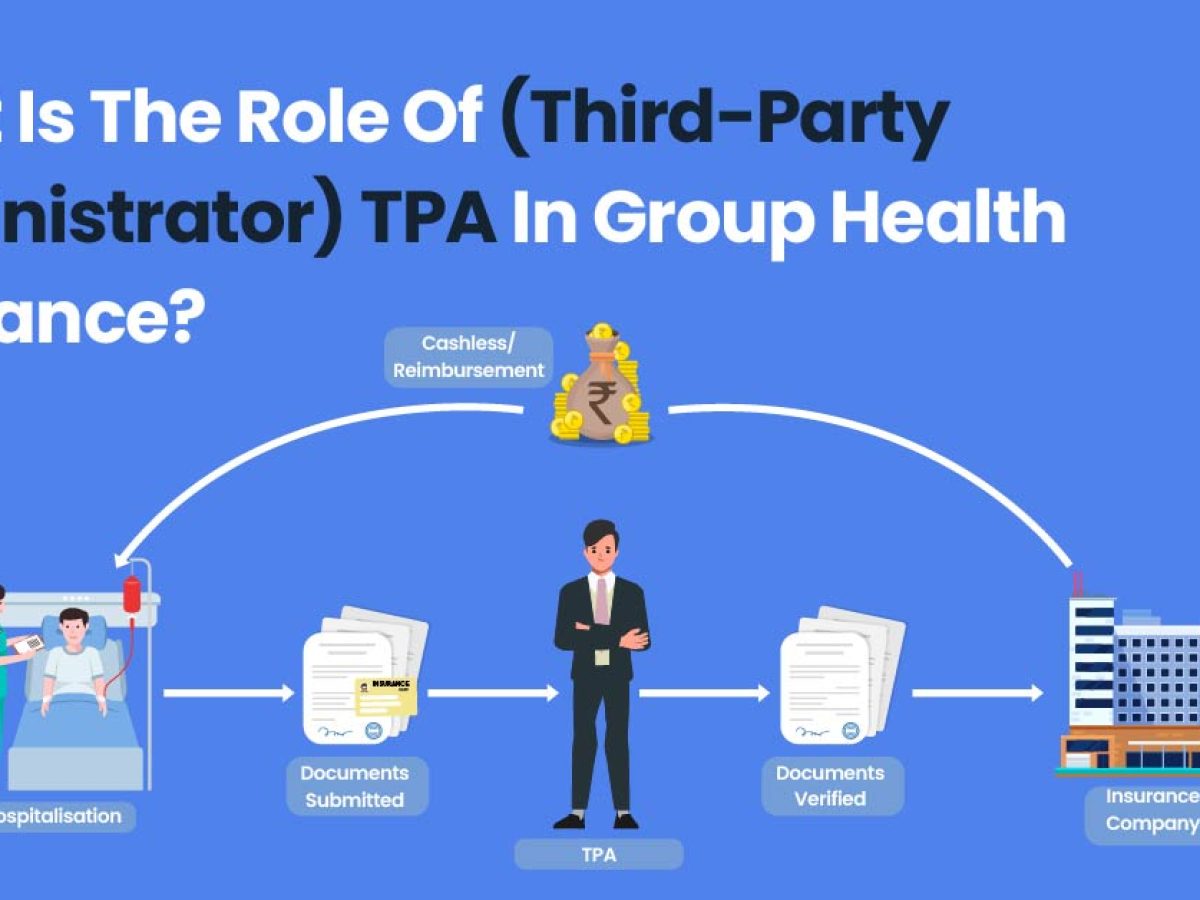The 6-Minute Rule for Pacific Prime
The 6-Minute Rule for Pacific Prime
Blog Article
10 Easy Facts About Pacific Prime Shown
Table of ContentsThe Buzz on Pacific PrimeThe 20-Second Trick For Pacific PrimeThe Pacific Prime IdeasHow Pacific Prime can Save You Time, Stress, and Money.The smart Trick of Pacific Prime That Nobody is Discussing

This is since the information were accumulated for a duration of strong financial efficiency. Of the estimated 42 million individuals who were without insurance, almost about 420,000 (regarding 1 percent) were under 65 years old, the age at which most Americans become eligible for Medicare; 32 million were adults in between ages 18 and 65, around 19 percent of all adults in this age group; and 10 million were children under 18 years old, concerning 13.9 percent of all children (Mills, 2000).
These estimates of the number of individuals without insurance are generated from the annual March Supplement to the Present Populace Study (CPS), conducted by the Census Bureau. Unless otherwise noted, national quotes of individuals without medical insurance and proportions of the population with different type of insurance coverage are based upon the CPS, the most widely used resource of estimates of insurance coverage and uninsurance rates.
Not known Facts About Pacific Prime

Still, the CPS is specifically valuable due to the fact that it generates annual estimates reasonably promptly, reporting the previous year's insurance coverage approximates each September, and since it is the basis for a consistent collection of quotes for more than twenty years, enabling for analysis of fads in protection in time. For these reasons, as well as the comprehensive use the CPS in various other researches of insurance policy protection that are provided in this record, we rely upon CPS price quotes, with constraints noted.

The price quote of the number of without insurance individuals increases when a populace's insurance policy status is tracked for a number of years. Over a three-year duration beginning early in 1993, 72 million individuals, 29 percent of the U.S. https://www.ted.com/profiles/46568975. populace, lacked insurance coverage for a minimum of one month. Within a single year (1994 ), 53 million individuals experienced at least a month without insurance coverage (Bennefield, 1998a)
6 out of every ten uninsured adults are themselves used. Working does improve the likelihood that one and one's household members will certainly have insurance coverage, it is not an assurance. Also members of family members with 2 full-time wage income earners have practically a one-in-ten opportunity of being without insurance (9.1 percent without insurance rate) (Hoffman and Pohl, 2000).
Unknown Facts About Pacific Prime
New immigrants account for a significant percentage of people without medical insurance. One analysis has actually connected a significant portion of the recent growth in the size of the U.S. uninsured populace to immigrants who arrived in the country between 1994 and 1998 (Camarota and Edwards, 2000). Recent immigrants (those that pertained to the USA within the previous 4 years) do have a high price of being uninsured (46 percent), but they and their kids represent simply 6 percent of those without insurance policy across the country (Holahan et al., 2001).
The relationship between medical insurance and access to care is well developed, as documented later in this chapter. The partnership between health and wellness insurance coverage and health end results is neither straight nor simple, an extensive clinical and wellness services study literary works links health insurance policy coverage to enhanced accessibility to care, much better high quality, and improved individual and population health standing.
Degrees of analysis for examining the impacts of uninsurance. This conversation of health insurance policy coverage concentrates mostly on the united state populace under age 65 because basically all Americans 65 and older have Medicare or various other public insurance coverage. It focuses especially on those without any kind of wellness insurance for any kind of length of time.
Pacific Prime Fundamentals Explained
The problems encountered by the underinsured are in some areas comparable to those faced by the without insurance, although they are normally much less serious. Health insurance coverage, nonetheless, is neither necessary nor sufficient to get accessibility to clinical solutions. The independent and direct impact of health and wellness insurance policy protection on our website accessibility to health and wellness services is well established.
Others will certainly obtain the wellness care they require also without health and wellness insurance, by spending for it expense or seeking it from providers that provide care cost-free or at extremely subsidized prices. For still others, medical insurance alone does not ensure invoice of treatment since of various other nonfinancial obstacles, such as a lack of health and wellness care carriers in their neighborhood, minimal access to transport, illiteracy, or etymological and social differences.
The smart Trick of Pacific Prime That Nobody is Talking About
Official research about without insurance populaces in the USA dates to the late 1920s and very early 1930s when the Board on the Cost of Healthcare created a series of reports about funding physician office sees and hospitalizations. This issue became prominent as the numbers of medically indigent climbed during the Great Depression.
Report this page